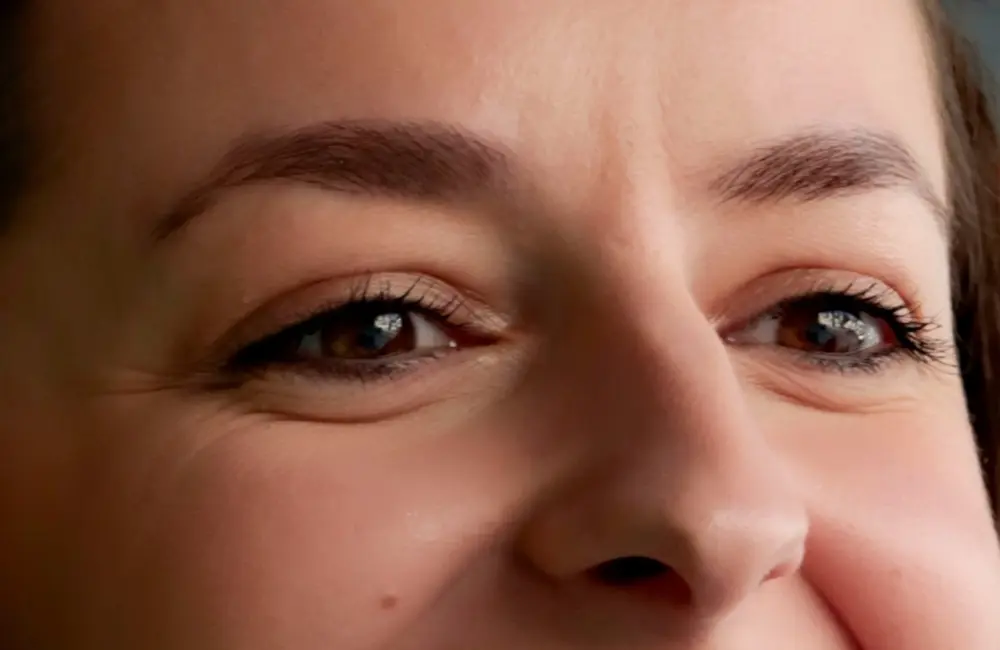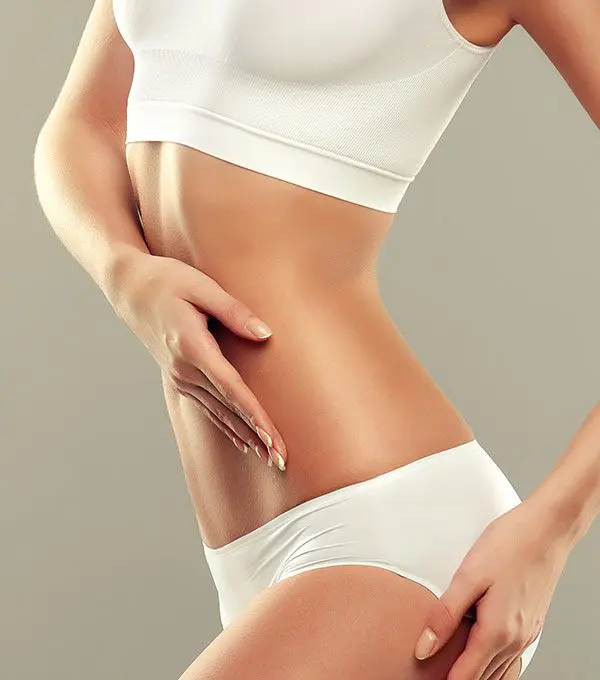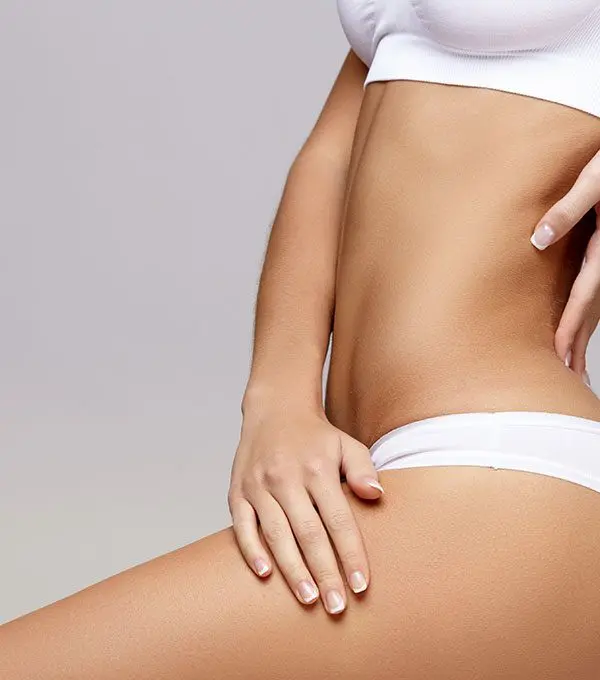Botox
Does Tear Trough Filler Reduce Wrinkles?
If you’ve heard the term ‘tear trough filler’ a lot recently but aren’t exactly sure what the treatment is, well, you’re not alone. These services have gained popularity for addressing tired eyes, dark circles, and the appearance of sunken eyes. In a nutshell, tear trough fillers are types of injectable gels formulated to add volume and hydrate the space under your eyes. In effect, they lift and smooth the area around your eyes, giving you a more refreshed look.

But here’s the burning question: do they really smooth wrinkles? That’s what we are delving into today. People are wondering if it can help alleviate the fine lines and wrinkles that start to appear as we age, because although tear trough fillers are best known for filling the hollows and brightening the under-eye area, they can also be used for other purposes. So, let’s explore what tear trough fillers can and cannot do for wrinkles.
What Are Tear Trough Fillers?
Tear trough fillers are a cosmetic treatment designed to add volume to the area beneath your eyes, specifically the crease between your lower eyelid and cheek. These fillers are usually composed of hyaluronic acid, a substance that the body naturally produces to keep your skin hydrated and plump. Since this is something your body already recognises, hyaluronic acid fillers are safe and have a low risk of adverse reactions.
The actual treatment is relatively quick: tiny, precise injections directly into the tear trough itself. An experienced injector will use a fine needle, or sometimes a cannula, to ensure that the filler gets into the proper location. It may sound a little weird, but the procedure isn’t usually painful, and there is typically minimal downtime, meaning you can often have it done during a lunch hour.
Depending on the product administered and your body’s individual metabolism, results can continue to be seen for 6 to 12 months. It also tends to wear off as the filler slowly dissolves and is absorbed, so you’ll need a top-up if you want to retain the look.
Wrinkles vs. Volume Loss: Understanding the Difference
When we’re discussing wrinkles, it’s helpful to understand that there are two distinct types: static and dynamic. Dynamic wrinkles are the lines that appear when you form expressions, such as smiling or squinting, and typically disappear when your face is at rest. Static wrinkles, on the other hand, are the ones that remain even when you aren’t moving your face. These tend to be deeper and caused by factors such as sun damage, ageing and skin laxity.
However, the first and most important factor in determining how wrinkles appear is volume loss, which plays a significant role, particularly around the eyes. That fat and collagen are what keep our skin plump, and as we age, they naturally decline. This loss can cause the skin to sag or hollow, which in effect can make wrinkles look more pronounced or shadows appear darker.
This distinction is critical when considering fillers. Tear trough fillers generally fill in those areas of hollowness, which can smooth out the appearance of wrinkles made worse by sagging or hollowing. However, the products don’t directly smooth the fine lines that result from skin folding or muscle movement. Understanding what’s behind those wrinkles helps manage your expectations about what fillers can accomplish.
Do Tear Trough Fillers Reduce Wrinkles?
So, do tear trough fillers really diminish wrinkles? The brief answer is sort of, but it depends on the wrinkles and what’s causing them.
Tear trough fillers do it by increasing the volume in the under-eye area, flattening the skin and minimising the appearance of hollows. Because they’re usually made from hyaluronic acid, they also deliver hydration to the skin as well, so it plumps up and looks healthier, too. This volume and hydration combination can help soften the appearance of certain wrinkles, primarily those caused by sagging or hollowing.
However, here’s the rub. Tear trough fillers work far better to address lost volume than they do fine lines or wrinkles resulting from muscle movement (the kind that appear when you smile or squint). If your wrinkles are primarily caused by skin folding or repeated facial expressions, fillers will not eliminate them entirely. Instead, treatments such as Botox or skin resurfacing may work better on those types of wrinkles.
Does that mean you won’t see under-eye wrinkles improve in the hollowed-out look or shadows from volume loss? Not at all, and that’s where fillers come in. By plumping up those sunken areas, your face appears fresh and not tired. Dark circles often improve, too, because they’re sometimes caused or exacerbated by the shadowing effect of hollowness.
In other words, tear trough fillers may help diminish the appearance of wrinkles, primarily by addressing the volume loss that makes the wrinkles look more prominent. They won’t be a miracle for every wrinkle you have, but if tired, hollow eyes are your primary concern, they’re definitely worth considering.
Limitations and Risks
And while tear trough fillers can work beautifully on many, they are not a one-size-fits-all solution. Those with very thin or fragile skin under their eyes may not be strong candidates for fillers, as they may be prone to visible bumps and lumps. That’s because the skin in that area is so thin, and the filler can sometimes become visible, leading to an unnatural appearance.
Another thing to be aware of is that the results are not permanent. On average, fillers can last 6 to 12 months before your body starts slowly digesting them. So, while you may totally love the rejuvenating look, you’re going to need to account for regular top-ups to keep your features beaming.
As with any treatment, tear trough fillers carry a few potential side effects. Swelling and bruising are the most common symptoms, and they generally resolve within a few days. Sometimes, a bluish cast, known as the Tyndall effect, occurs if the filler is injected too close to the skin’s surface. This won’t cause harm, but may be very noticeable and may need to be corrected.
Because the skin around the eyes is so delicate, it’s absolutely crucial to get it done by an experienced and trained practitioner. They’ll know how to avoid the risks and ensure that your results look natural and safe.
Alternatives for Under-Eye Wrinkles
Tear trough fillers may not be the ideal solution if your primary concern is fine lines or wrinkles that result from muscle movement. Fortunately, there are other alternatives.
Botox is a popular choice for dynamic wrinkles, the ones that appear when you smile, squint, or make other facial expressions. By the way this works, it blocks the muscles that cause those wrinkles, thereby smoothing out the skin and preventing new lines from forming. It’s fast, it works, and it’s increasingly combined with fillers for a one-two punch.
Laser resurfacing is also wonderful. It works on the surface of the skin to increase collagen production, resulting in smoother skin, improved texture, firmness, and a reduction in wrinkles. It does take some recovery time, but the results can last quite a while, as the under-eye area receives a nice rejuvenation.
There are also topical treatments, such as retinol or peptides or medical needling, that work gradually to improve skin health and reduce fine lines. These won’t provide the immediate gratification of fillers or Botox, but they make a soft, natural tool for keeping your skin looking and feeling smooth over time.
Frequently, the best approach is multiple treatments tailored to your skin’s specific needs. An experienced provider can help tailor a combination of fillers, Botox, needling, lasers, and skincare into a plan that yields the most natural and effective results.
Consultation and Individual Suitability
You should always consult a professional, such as an expert at Botonics, before opting for tear trough fillers or any other treatment. Everyone’s skin, face shape, and concerns are different, so what’s magic for one person might not be for another.
Be sure to ask questions during your consultation. Learn about the provider’s experience with tear trough fillers, the type of filler they use, and realistic expectations for the procedure. It’s also advantageous to disclose any relevant medical history or past treatments to ensure the procedure is safe for you.
Managing expectations before results are achieved makes a significant difference in being happy with them. A good practitioner will be upfront about what tear trough fillers can and can’t accomplish for you, allowing you to make an informed decision about what’s right for your under-eye area.







